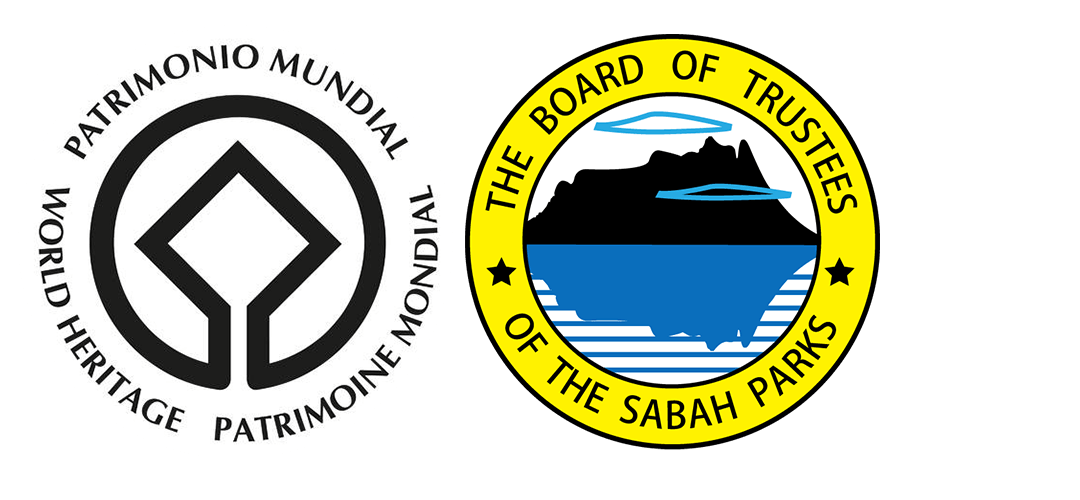The World Heritage Site
The United Nations Educational, Scientific and Cultural Organization (UNESCO) seeks to encourage the identification, protection and preservation of cultural and natural heritage around the world considered to be of outstanding value to humanity. This is embodied in an international treaty called the Convention concerning the Protection of the World Cultural and Natural Heritage, adopted by UNESCO in 1972.
The World Heritage Site criteria consist of TEN(10) criteria in total, established by UNESCO, are a set of guidelines used to assess the outstanding universal value of a site. To be considered for inclusion on the World Heritage List, a site must meet one or more of the following criteria:
- Criterion(i):
Represents a masterpiece of human creative genius: This criterion applies to sites that demonstrate exceptional achievements in human architecture, engineering, or design. It includes structures or monuments that are considered iconic and have significant cultural or historical importance, such as the Pyramids of Egypt or the Great Wall of China.
- Criterion(ii):
Exhibits an important interchange of human values, over a span of time or within a cultural area of the world, on developments in architecture or technology, monumental arts, town-planning, or landscape design: This criterion focuses on the cultural significance of a site and its influence on the development of architecture, urban planning, or other cultural aspects. An example is the Historic Centre of Vienna, which showcases the interchange of artistic and intellectual ideas across centuries.
- Criterion(iii):
Bears a unique or exceptional testimony to a cultural tradition or to a civilization that is living or has disappeared: This criterion emphasizes the importance of sites that provide valuable insights into past civilizations, cultures, or traditions. These sites often include archaeological remains, ancient cities, or cultural practices. For instance, the archaeological site of Pompeii in Italy offers a unique and well-preserved snapshot of life in a Roman city.
- Criterion(iv):
Represents an outstanding example of a type of building, architectural or technological ensemble or landscape that illustrates a significant stage in human history: This criterion focuses on sites that exemplify significant stages in human history, including architectural or technological advancements. An example is the Historic City of Ayutthaya in Thailand, which showcases the development of early Thai architecture and urban planning.
- Criterion(v):
Represents an outstanding example of a traditional human settlement, land-use, or sea-use that is representative of a culture (or cultures), or human interaction with the environment, especially when it has become vulnerable under the impact of irreversible change: This criterion highlights sites that demonstrate the sustainable use of natural resources and traditional human interactions with the environment. These sites often exhibit unique cultural landscapes and traditional practices. The Rice Terraces of the Philippine Cordilleras, which embody the sustainable farming practices of indigenous communities, is an example of this criterion.
- Criterion(vi):
Is directly or tangibly associated with events or living traditions, with ideas, or with beliefs, with artistic and literary works of outstanding universal significance: This criterion focuses on sites that have a direct association with significant events, living traditions, artistic works, or beliefs that have universal importance. The Historic Centre of Florence in Italy, renowned for its association with the Renaissance and its influential artistic and literary works, is an example of this criterion.
- Criterion(vii):
Contains superlative natural phenomena or areas of exceptional natural beauty and aesthetic importance: This criterion applies to sites that are outstanding examples of natural beauty or contain exceptional natural phenomena. These sites often include landscapes, geological formations, or unique ecosystems that showcase the Earth's natural wonders. Examples include the Great Barrier Reef in Australia and the Grand Canyon National Park in the United States.
- Criterion(viii):
Is an outstanding example of significant ongoing ecological and biological processes in the evolution and development of terrestrial, freshwater, coastal, and marine ecosystems and communities of plants and animals: This criterion focuses on sites that demonstrate exceptional ecological and biological processes. These sites often play a crucial role in the conservation of biodiversity and the understanding of natural ecosystems. An example is the Serengeti National Park in Tanzania, known for its annual wildebeest migration and the interactions between various species.
- Criterion(ix):
Is an outstanding example of significant ongoing geological processes, biological evolution, and/or the formation of landforms: This criterion emphasizes sites that showcase ongoing geological processes and the formation of unique landforms. These sites often provide valuable insights into Earth's geological history and the forces that shape the planet. The Giant's Causeway in Northern Ireland, with its distinctive basalt columns formed by volcanic activity, is an example of this criterion.
- Criterion(x):
Contains the most important and significant natural habitats for in-situ conservation of biological diversity, including those containing threatened species of outstanding universal value from the point of view of science or conservation: This criterion focuses on sites that are crucial for the conservation of biodiversity and the protection of endangered species. These sites often encompass diverse ecosystems and provide habitats for a wide range of plant and animal species. The Galápagos Islands in Ecuador, renowned for their unique and endemic wildlife species, exemplify this criterion.

